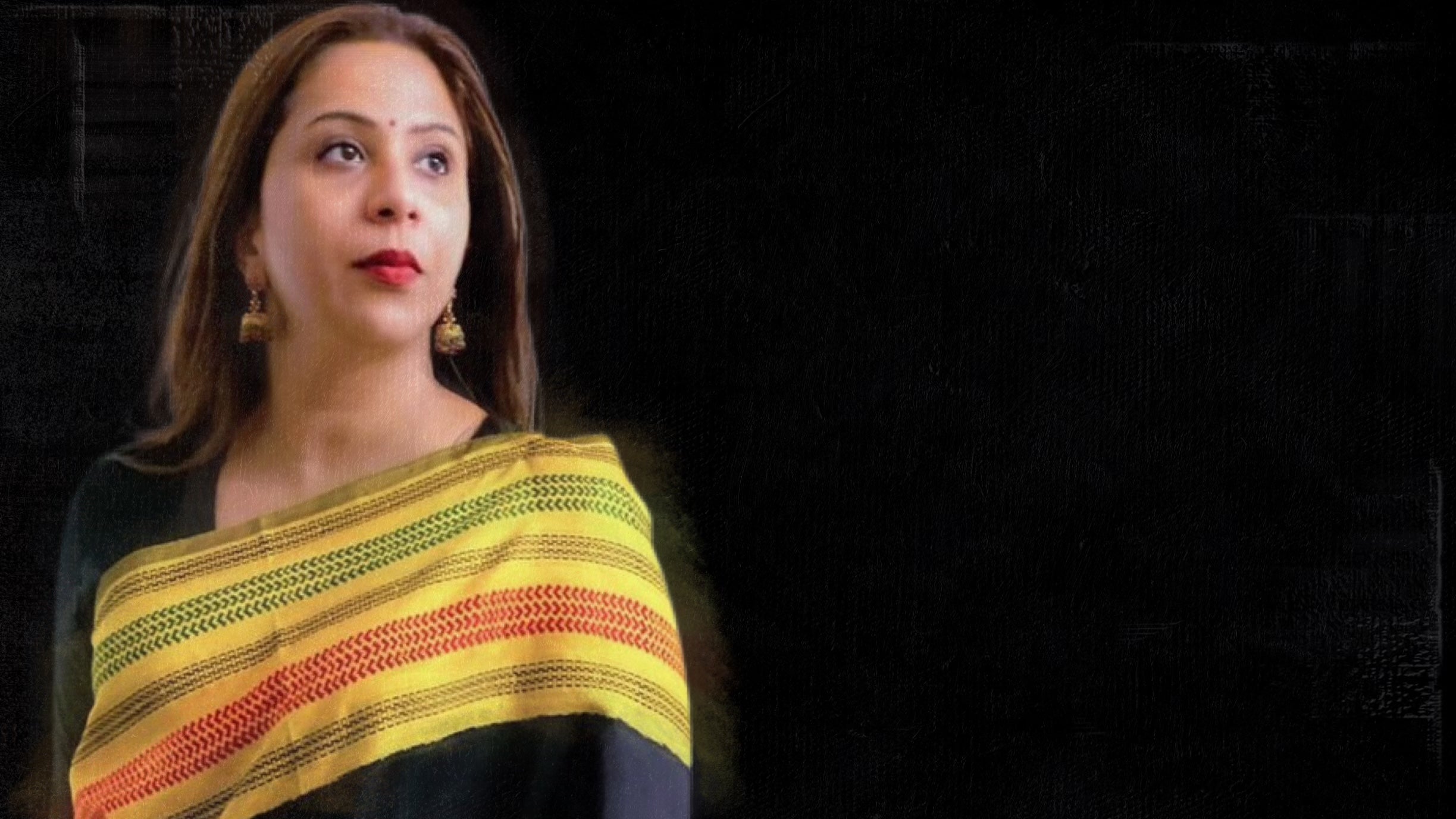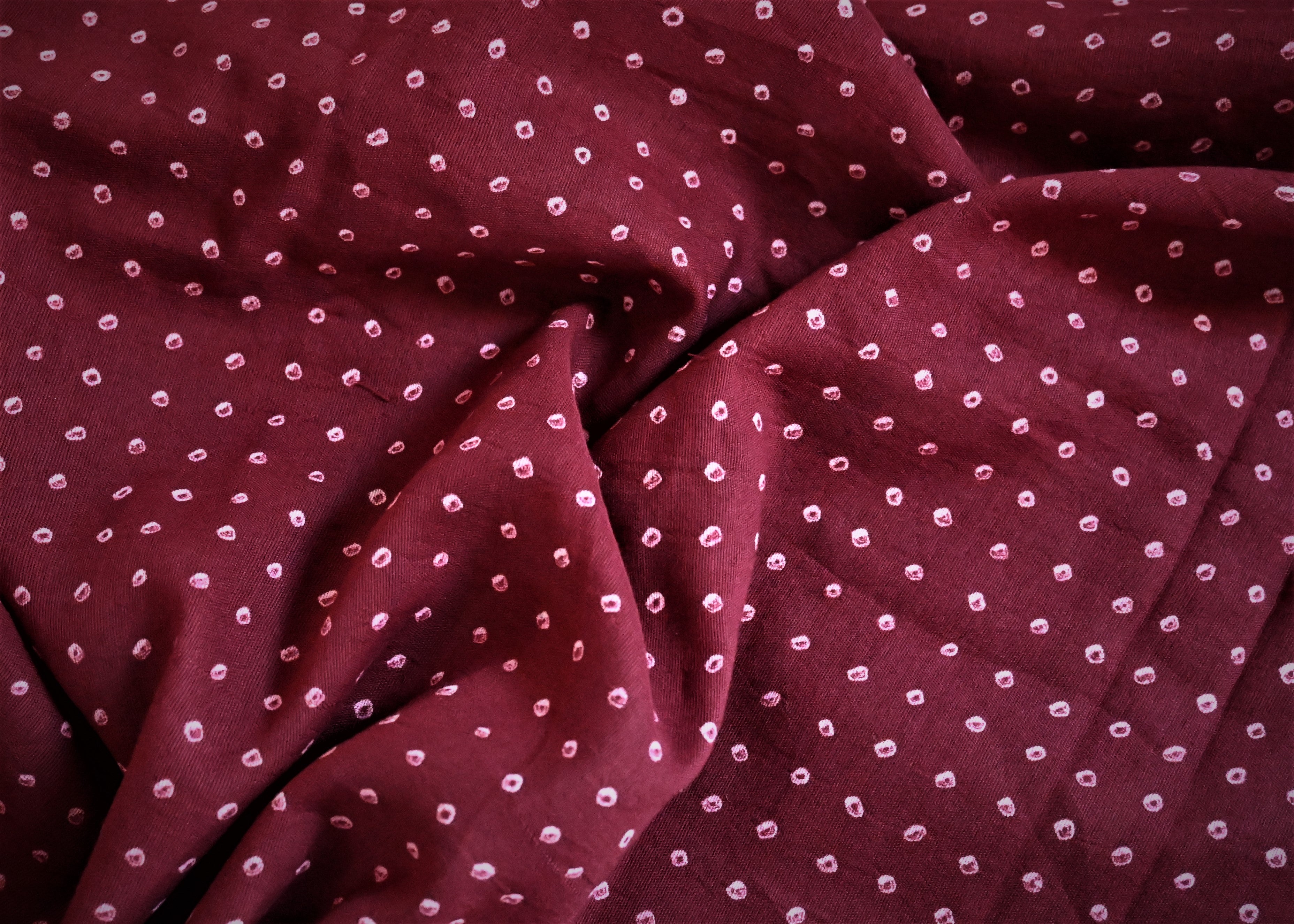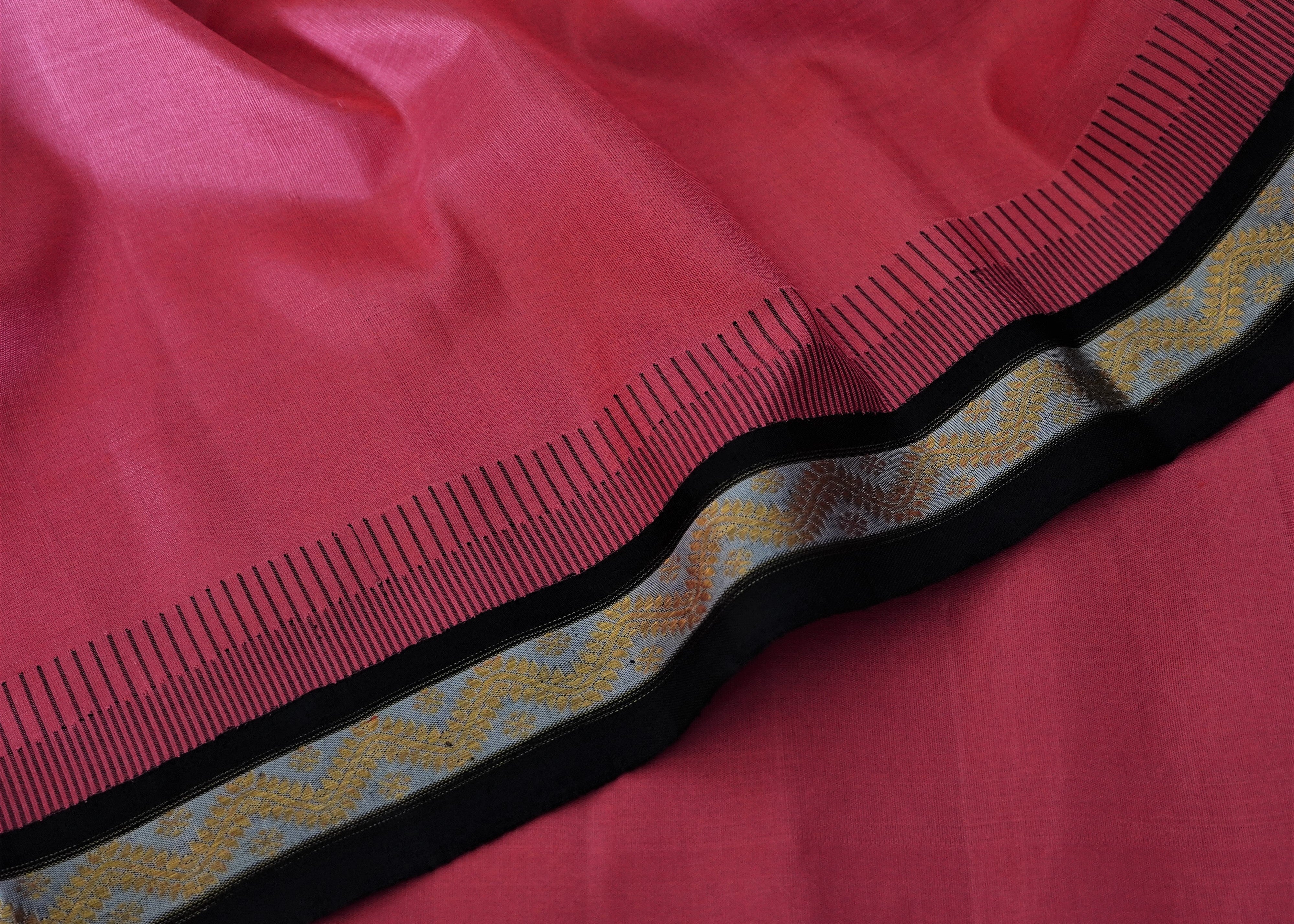
Saris And Pride: A Conversation With Divya Pillai



While other children were occupied with toys, she was reveling in the opulent world of the six-yard drape. She remembers feeling in awe of her mother, who could effortlessly drape a sari without using a single safety pin.

But, like all love stories, this one, too, faced a rocky road. Right after her wedding, the drapes were put in the closet…and stayed there, with the exception of temple visits and special occasions. Jeans and tops were the convenient replacement, and Pillai admits that her wardrobe underwent a radical change. Soon, she realized this wasn’t making her happy. “I missed feeling good about myself.” That was when she made the decision to join the-then Gulf Sari Pact (renamed as the Ambassadors of Heritage and Crafts Foundation) in 2015.

Even as an adult, she always strived to buy local, but it was at the Foundation that she truly understood the sheer power she held as a consumer. “I learned that I shouldn’t buy anything and everything that comes my way.” Her learning extended beyond saris. “Even if it is a wooden chair, I try to understand what type of wood is used to make it, where the wood comes from and how it is being treated.” Pillai now looks at handloom weavers with a new pair of eyes. She falls short of words to describe the high esteem she holds them to. “To me, now, the weaver is divine. The weaver is so truly gifted; he can make something that I will never be able to make.”




It is particularly interesting to note just how successful Pillai has been in taking along her almost-male household (her husband and two sons) for the ride. What could have been (wrongly) scoffed at as a “women’s issue” is responsibly taken up by both her sons. The fair trade concept - that the Foundation so vigorously espouses - is not lost on them. Grocery purchases - undertaken by her older son - are brought back home in linen bags and not plastic ones. Pillai’s saris are treated with utmost reverence by them. The Foundation’s youth programs are attended enthusiastically. Pillai believes that this is a result of the blurring of the strict patriarchal lines segregating gender roles in her home.
Outside of all this, Pillai is an active patron herself. Her enviable collection boasts an alluring set of drapes in vivid colors. One sari that will always remain close to her heart is a recreation of the Papli Checks or the Madras High Court Checks.

The black-and-white checks are kissed by a stunning red. They come together to shape a subtly bold handwoven Korvai Kanchipuram sari. Pillai, who experienced its making from start to finish, describes it as a “spiritual journey.” She adds, “This amazing sari which is a testament to the willpower, grit, and journey from a dream to drape will forever hold a special place in my life!”
But her collection isn’t just limited to drapes. A magnificent array of old jewelry, urns, diaries and more occupy a special place. Breathing a million stories, they are priceless heirlooms passed down by generations. Pillai’s love for them is rivaled by no one else in her family. She talks about how she has always been fascinated by the old paalakka mala and maanga mala, while others preferred newer, machine-made stuff. “I started collecting old things - things that no one particularly wanted.” Among them is a red ruby nose ring left for her by her grandmother, with whom she shared a special relationship.


Sometimes, the real journey involves looking back…
About the author: Malavika Rajesh is a sixteen-year-old author and student from India, currently living in Dubai. Writing from the age of five, she firmly believes that a pen is the most powerful weapon to bring about oceans of change. Her book "Watch Out!," a cybercrime thriller, has garnered praise in several media outlets as well at in a plethora of events. Rajesh uses her platform as an author to spread the simple message of using words to one's advantage, to inspire change and to give a voice to those rendered voiceless. She is a feminist and an advocate of gender equality, writing pieces in her blog and speaking extensively on the issue. Journalism has been her passion since she was nine; she has written for the national newspaper and anchored on national radio stations. She has won major literary and academic awards and also engages in community work.




6 comments
One rarely comes across a genuine soul who is always on the lookout for what is that she can do more. That’s our Divya for you. Her enthusiasm and dedication towards every little task she takes up is proof enough that it’s gonna see good days ahead. Glad to know her and see her as a source of inspiration to one and all.
Kavitha Srikanth
A very enthusiastic and energetic AHC-Ian. So glad to meet her through AHC . Very happy of the journey with her so far and looking forward . Malavika 👏
Anu
Splendid work again Malavika.Every word written about Divya Pillai is to the T. Her bubbly nature is contradictory to the seriousness in preserving our culture not forgetting our roots by being a true ambassador of AHC. She’s one gorgeous woman I know who not only walks her talk about saris yet represents our heritage and culture on a foreign land with elan by wearing them with elegance
Neelima Gurana
Splendid work again Malavika.Every word written about Divya Pillai is to the T. Her bubbly nature is contradictory to the seriousness in preserving our culture not forgetting our roots by being a true ambassador of AHC. She’s one gorgeous woman I know who not only walks her talk about saris yet represents our heritage and culture on a foreign land with elan by wearing them with elegance
Neelima Gurana
Well written Malavika as always…
Divya is our charming and enthuaiastic AHCian..
Her dedication to each work she involved is remarkable..
She carries her sarees so gracefully..
Sheefa KrishnaKumar
Divya is a true Ambassador of AHC and ensures her 100% involvement in whatever she does. A very genuine soul. I love the way she carries the 6 yard so beautifully with elegance and poise. This is a beautiful dedication to her commitment and her essence has been well captured by Malavika. Divya is a true Ambassador of AHC and ensures her 100% involvement in whatever she does. A very genuine soul. I love the way she carries the 6 yard so beautifully with elegance and poise. Her dedication and her true essence has been well captured by Malavika in this write up very beautifully.
Rita Sunil
Leave a comment
This site is protected by hCaptcha and the hCaptcha Privacy Policy and Terms of Service apply.